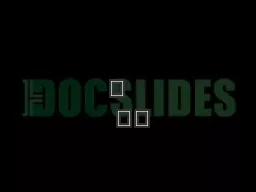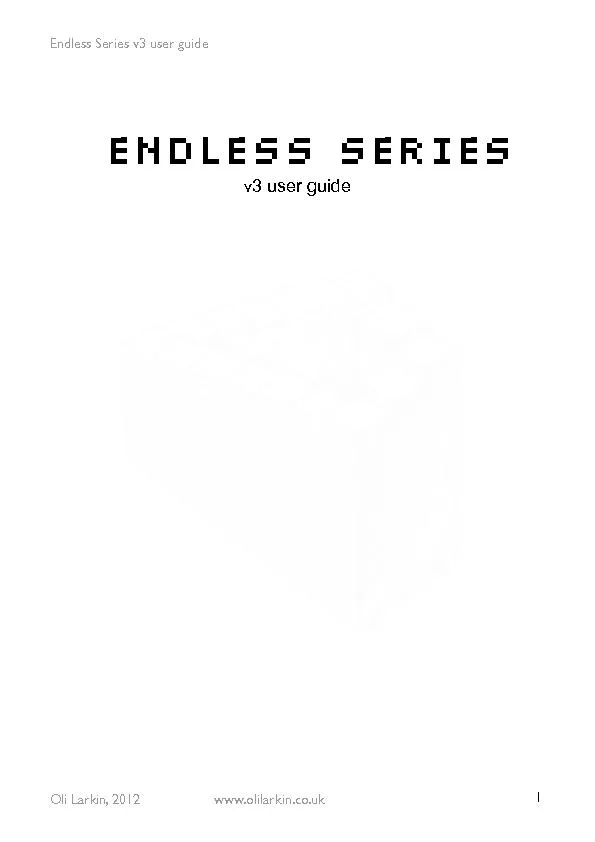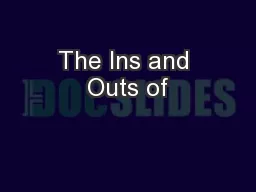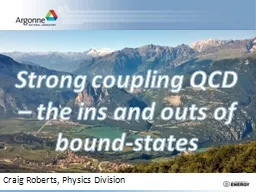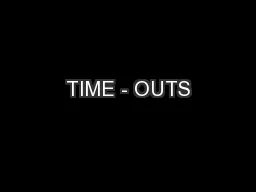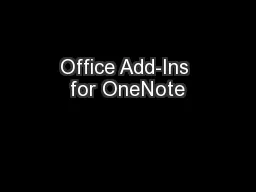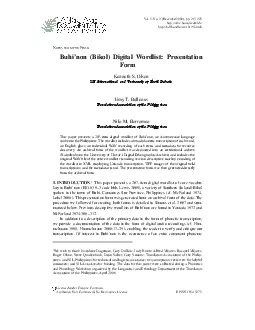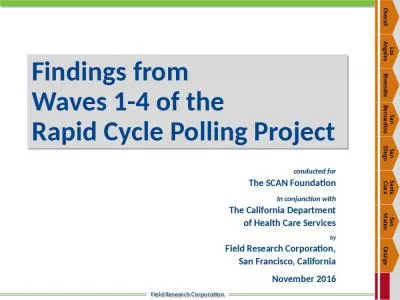PPT-The Ins and Outs of making a Wordlist
Author : natalia-silvester | Published Date : 2016-07-18
Rob Waring Notre Dame Seishin University wwwrobwaringorgpresentations Overview Purpose What kind of list List structure Selection factors Definitions or translations
Presentation Embed Code
Download Presentation
Download Presentation The PPT/PDF document "The Ins and Outs of making a Wordlist" is the property of its rightful owner. Permission is granted to download and print the materials on this website for personal, non-commercial use only, and to display it on your personal computer provided you do not modify the materials and that you retain all copyright notices contained in the materials. By downloading content from our website, you accept the terms of this agreement.
The Ins and Outs of making a Wordlist: Transcript
Download Rules Of Document
"The Ins and Outs of making a Wordlist"The content belongs to its owner. You may download and print it for personal use, without modification, and keep all copyright notices. By downloading, you agree to these terms.
Related Documents


